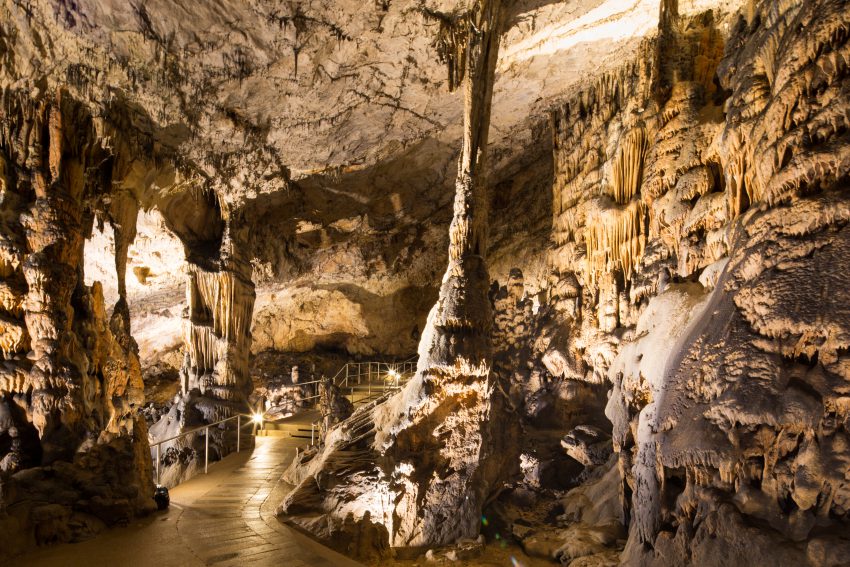21 February marks the date of International Tourist Guide Day. On this festive occasion, we’ve decided to showcase you some of the lesser known, but all the more interesting sightseeing spots of Budapest, with the aim of giving your stay a bit more colors.
Thermae Maiores
Not many tourists know this, but Óbuda is built upon 2,000 years of history. It has left a number of visible marks above ground level; from the ruin garden of Aquincum, to the district’s two amphitheaters. Thermae Maiores is one of the many beneath-the-surface remnants of Roman Pannonia – but this one you can visit! Located under the overpass connecting to Árpád bridge, this sprawling bathing complex was used by Roman legionaries between the 2nd and 5th centuries.
It was unearthed in the 1980s, and has been open to visitors ever since with its maze of pools, changing rooms, gyms and sweat chambers. Entry is free, and since its existence is one of the best-kept secrets of Budapest, you’ll have plenty of time to enjoy the ruinous beauty of the place before someone else shows up. FYI: the two amphitheaters we’ve mentioned earlier are both found within about a mile from the Thermae Maiores.

Caves
Now that you know about Budapest’s massive Roman heritage, here’s another fact-bomb to wrap your head around. Besides ruin bars and baths, Budapest is also the capital city of caves. It’s the only capital in the world which has caves of significant size underneath its streets, all of them created by the arduous works of thermal springs over millions of years.
Out of the more than 200 caves known below the houses of Buda, there are three which you can discover for yourself without any kind of professional experience. The Pál-völgyi Stalactite Cave and the Szemlő-hegyi Cave are open to visitors all year round, awaiting would-be-cavers with a constant temperature of 10 Celsius degrees. The third one belongs to the Pauline Monks (the only Hungarian-founded monastic order), and is found tucked into the side of Gellért Hill. Its entrance overlooking the magnificent Szabadság bridge. The cave, which previously gave home to a poor peasant family, was turned into a church in 1926. Eventually, it was expanded with a monastery by 1934, built in the Neo-Romanesque style.

Housing Estates
There are two equally charming housing estates in Budapest that are absolutely worth checking out. Visit them if you’re a fan of the garden city atmosphere, unique architecture and want to break out from the hustle and bustle of the big city. Both the Wekerle Estates and the Óbuda Gas Factory Estates were built in the first quarter of the 20th century, following in the footsteps of Ebenezer Howard’s Garden city movement, due to a high demand in housing for government employees (Wekerle) and factory workers (Óbuda).
Thanks to the higher rank of its intended habitants, the Wekerle Estates paints a more colorful and grander picture. Its houses, mimicking the style of Transylvanian architecture, were inspired and in-part designed by the star architect of the era, Károly Kós, while the Óbuda Gas Factory Estates (composed of a part built for the workers, and another built for the officials) steals our hearts with its honest simplicity, its uniform use of yellow and green, and the shades its giant trees give us while strolling around its quiet streets.

Turkish Baths
When they hear ‘Budapest’ and ‘baths’ in the same sentence, most tourists instantly conjure up images of Széchenyi’s huge outdoor pools or Gellért’s mosaic-tiled Art Nouveau splendor. You shouln’t overlook the true gems of history that are the city’s ancient Turkish baths. Although Budapest’s bathing culture dates back to Roman times, the oldest remaining baths were built by the Turks in the late 1500s. Out of the four surviving Turkish baths, three are open to visitors all-year round: Király, Veli Bej and Rudas are complete with saunas, steam rooms, Jacuzzi, and other watery amenities.






